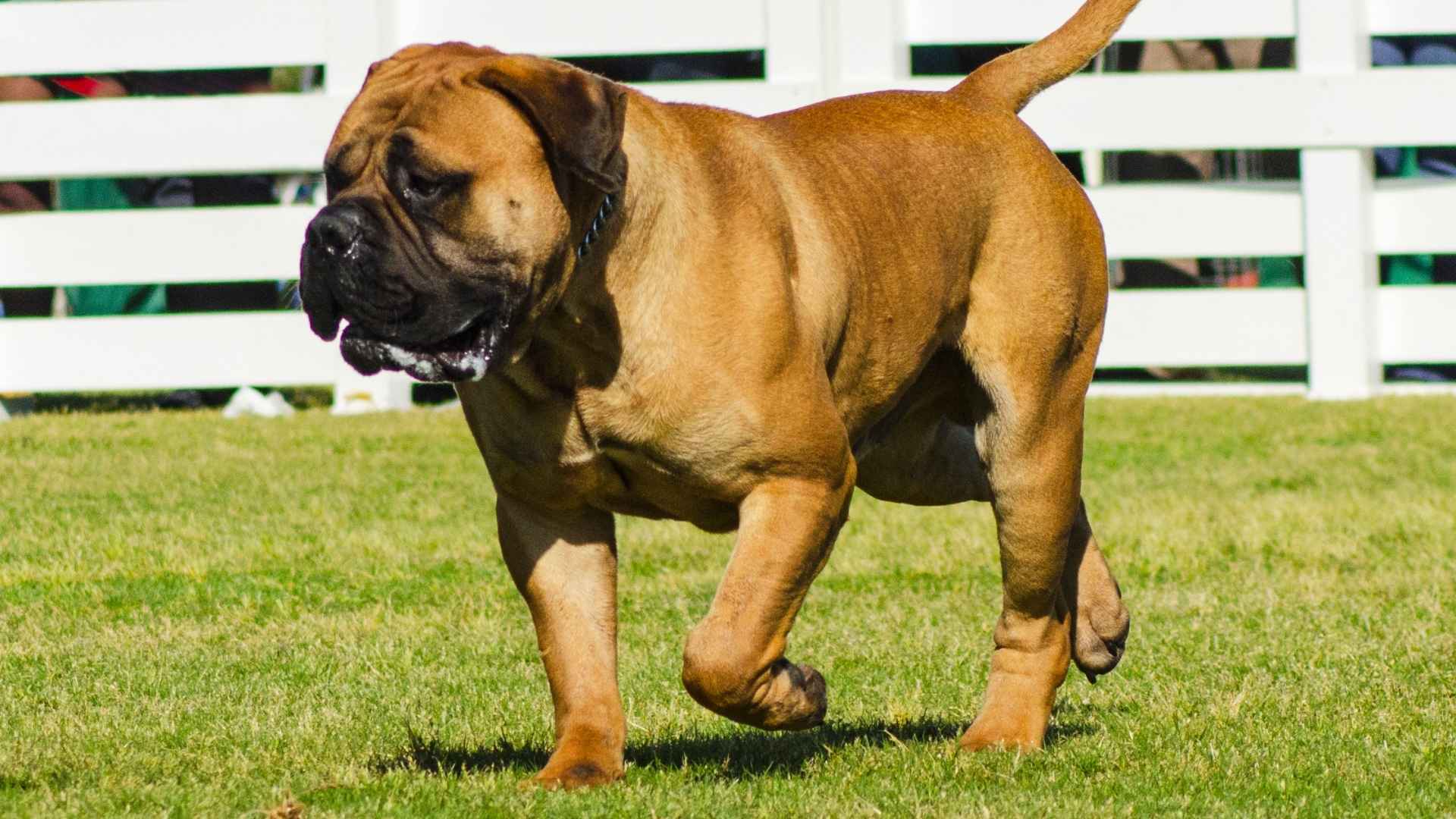Ever wonder why some dogs leave a trail of drool wherever they go? While a little slobber is normal, certain breeds take it to a whole new level. For them, drooling isn’t just occasional—it’s built into their anatomy.
Large, floppy lips, heavy jowls, and deep mouth folds all contribute to this famously messy trait. When these dogs get excited, start panting, or wait patiently for food, gravity takes over. The result? A string of drool across your floor, sofa, or even your shirt.
Still, there’s something endearing about a dog who drools with enthusiasm. These breeds are known not just for their slobber, but for their loyalty, gentleness, and charm. If you don’t mind a little cleanup, they make some of the best companions you can ask for.
In this article, we’ll introduce seven dog breeds known for their drooling habits—and why they’re totally worth the extra towel.
Drooling Dog Breeds
1. Saint Bernard
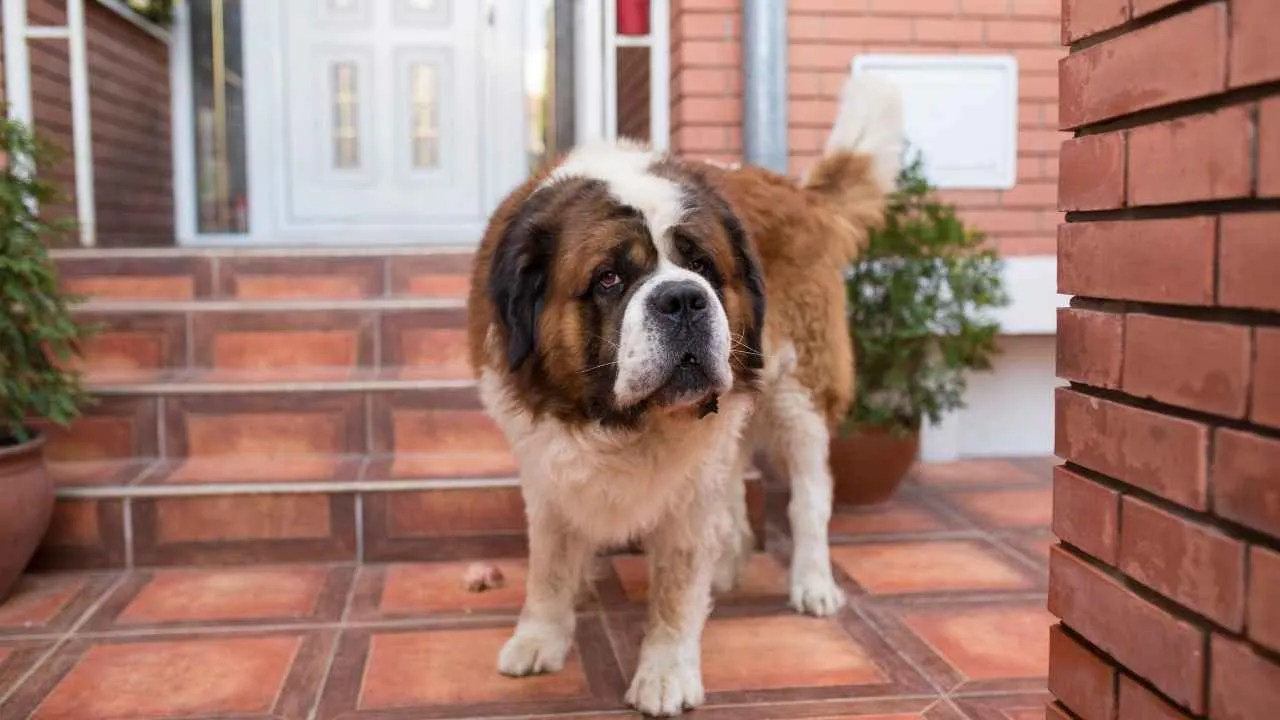
The Saint Bernard is one of the most iconic droolers in the dog world. With a large head, heavy jowls, and loose lips, this breed produces a significant amount of saliva, especially after eating, drinking, or exercising.
Originally bred for alpine rescue, Saint Bernards developed a thick coat and strong frame suited for harsh weather. Their drooling is tied to their facial structure. The loose skin around the mouth causes saliva to escape easily.
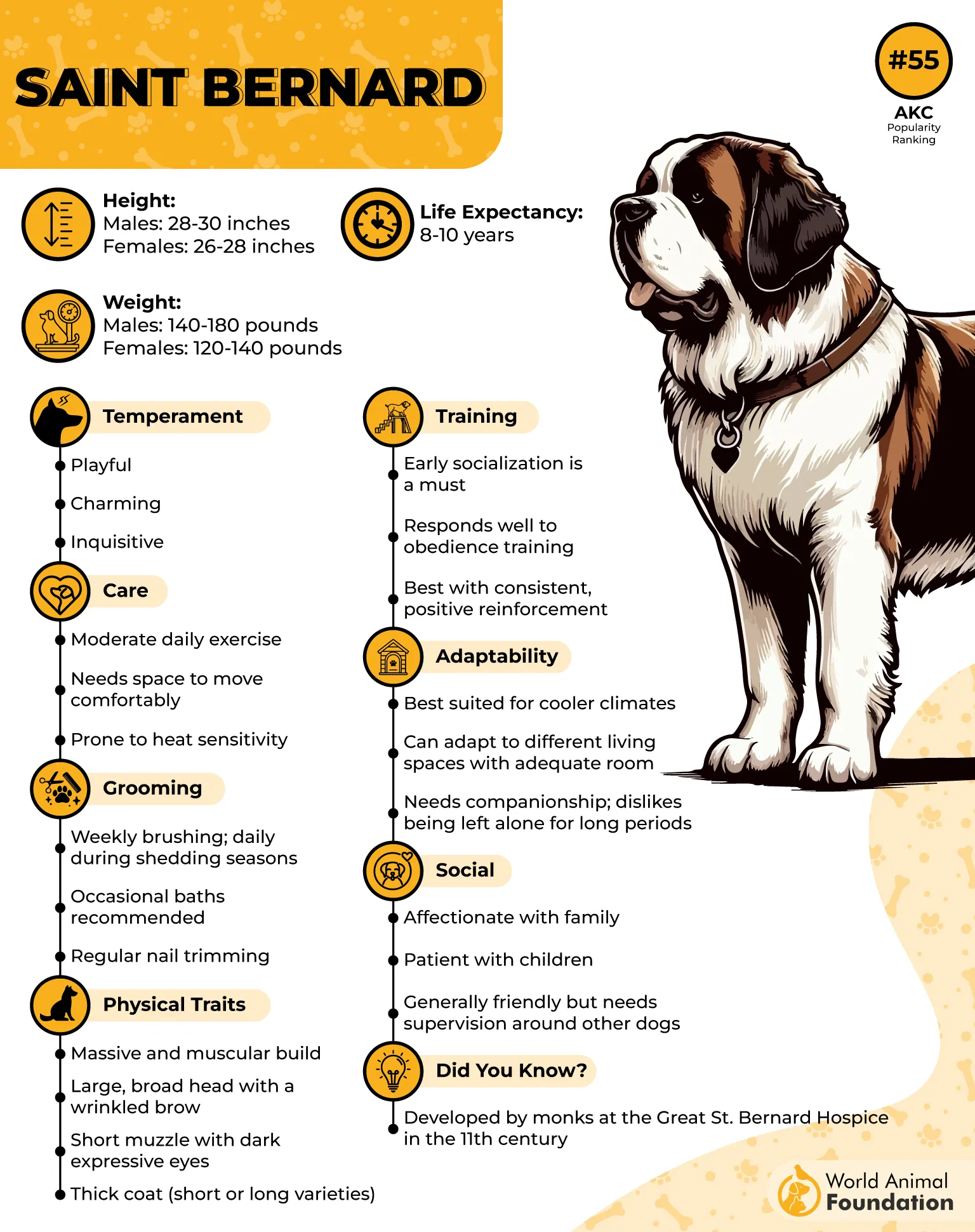
According to the AKC, their temperament is calm and friendly. They’re known for being gentle with children and tolerant in busy households. Owners should be prepared to keep towels handy and clean water dishes often.
Daily walks and moderate playtime meet their activity needs, but heat and humidity can increase slobber, so shade and rest are important. With proper care, they remain a lovable companion, slobber and all.
2. Bloodhound
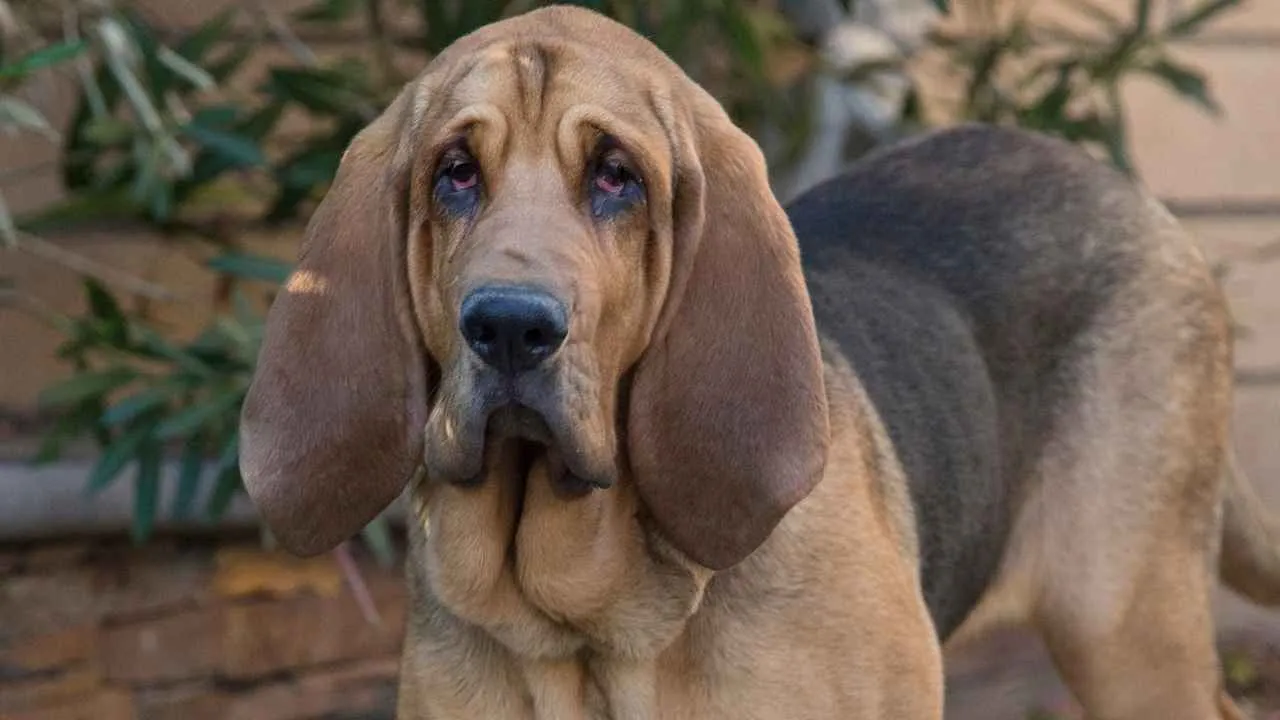
Long ears, droopy lips, and loose skin give this breed its signature expression, and a lot of extra drool. These physical traits trap moisture and let saliva build up easily, especially after drinking or sniffing intensely.
They’re unmatched when it comes to scent work. Bred for tracking, they’ve assisted law enforcement and search teams around the world thanks to their powerful noses and intense concentration.
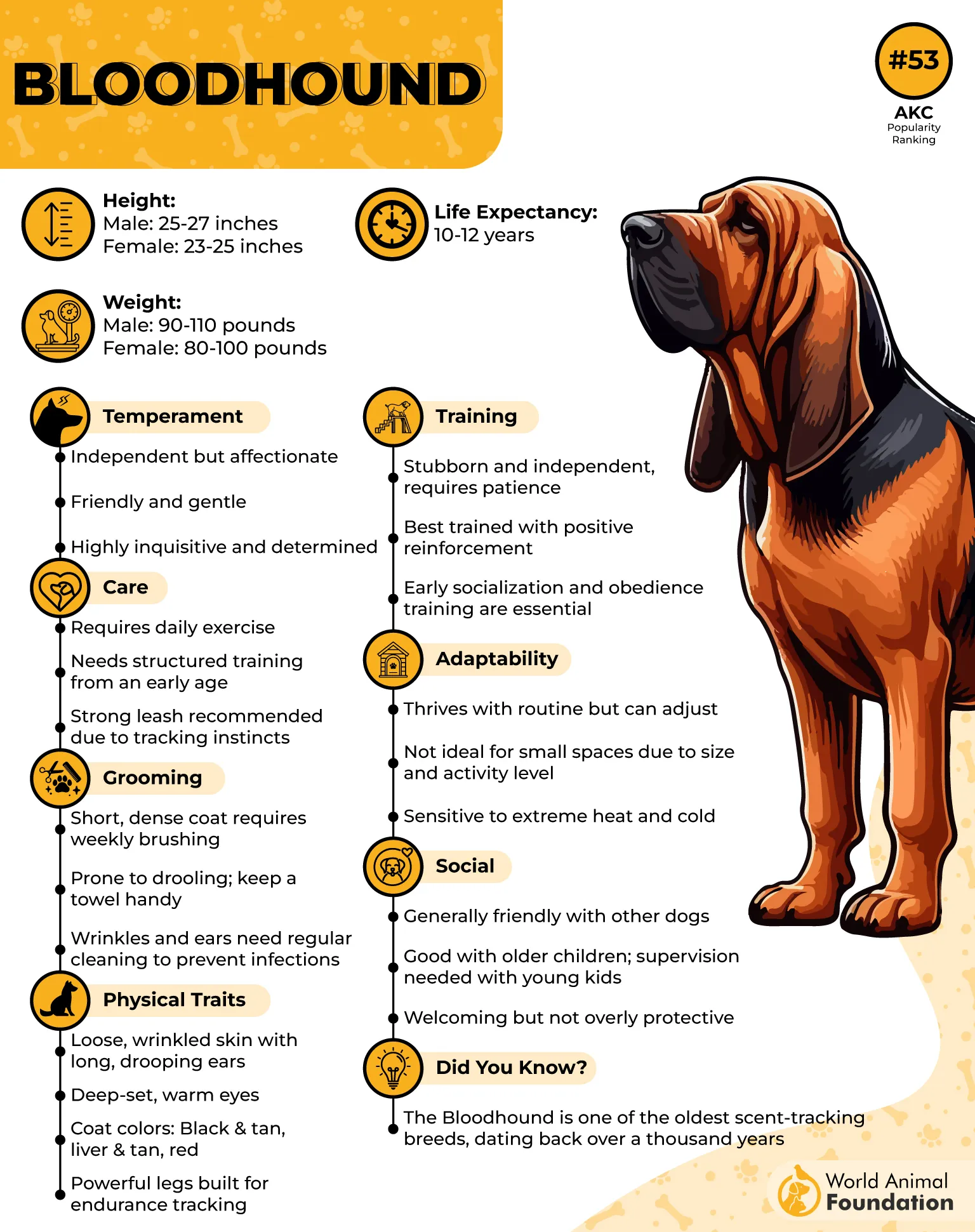
Affectionate at home, they do well with kids and other dogs. Their easygoing personality balances out their size, though training can take time due to their independent streak.
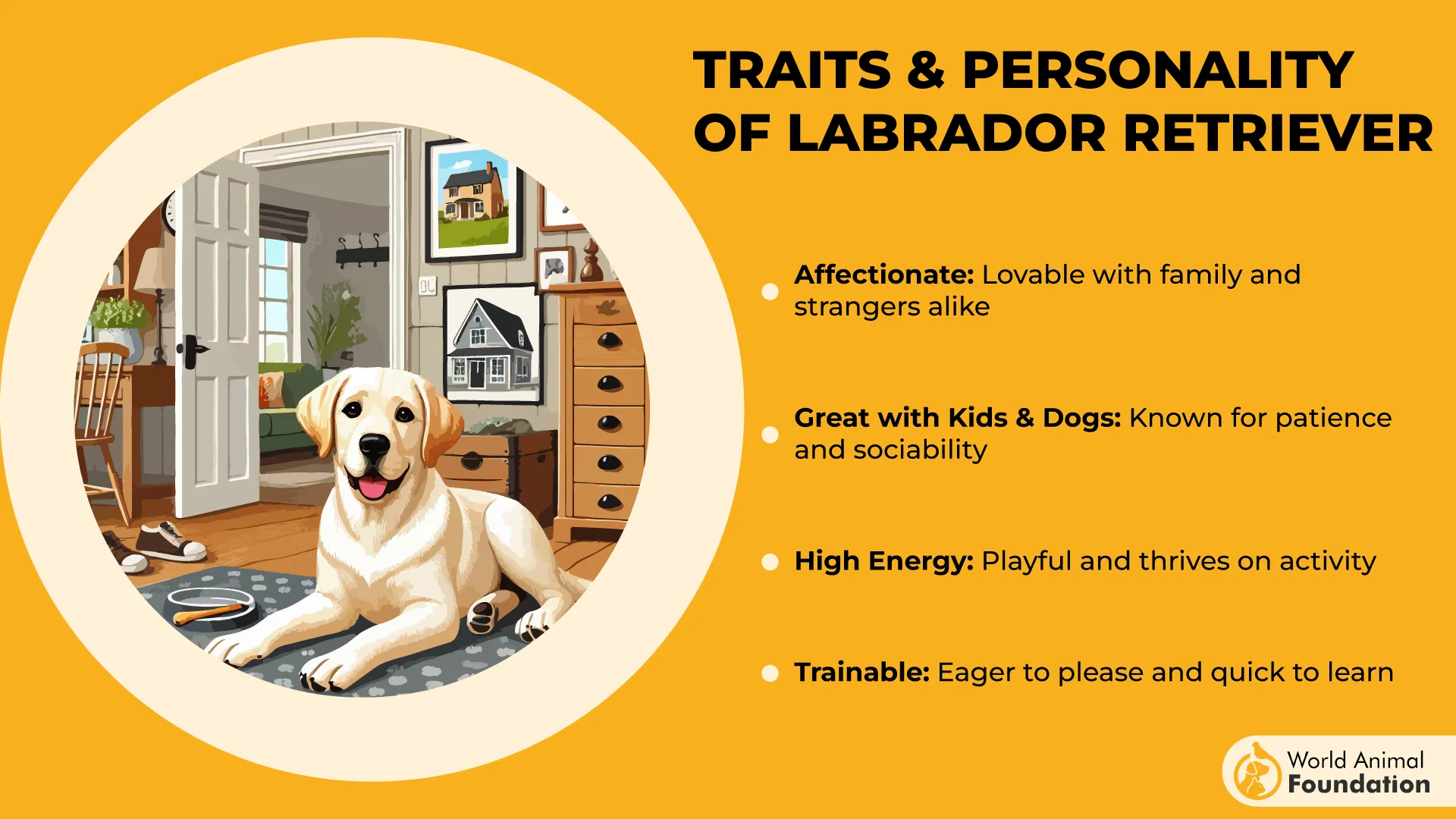
Moderate exercise is enough to keep them content. They’re happiest when given space to sniff and explore, even just during slow walks.
Extra care is needed to keep their face clean and dry. Wiping folds and drool-prone areas helps prevent irritation, especially around the mouth and neck.
3. Newfoundland

This gentle giant was built for work in cold water. With a broad chest, strong limbs, and a thick double coat, it originally hauled gear and rescued people along icy shores.
Their size contributes to their slow, steady movement and relaxed demeanor. They’re rarely excitable, preferring calm companionship and predictable routines over high-energy play.
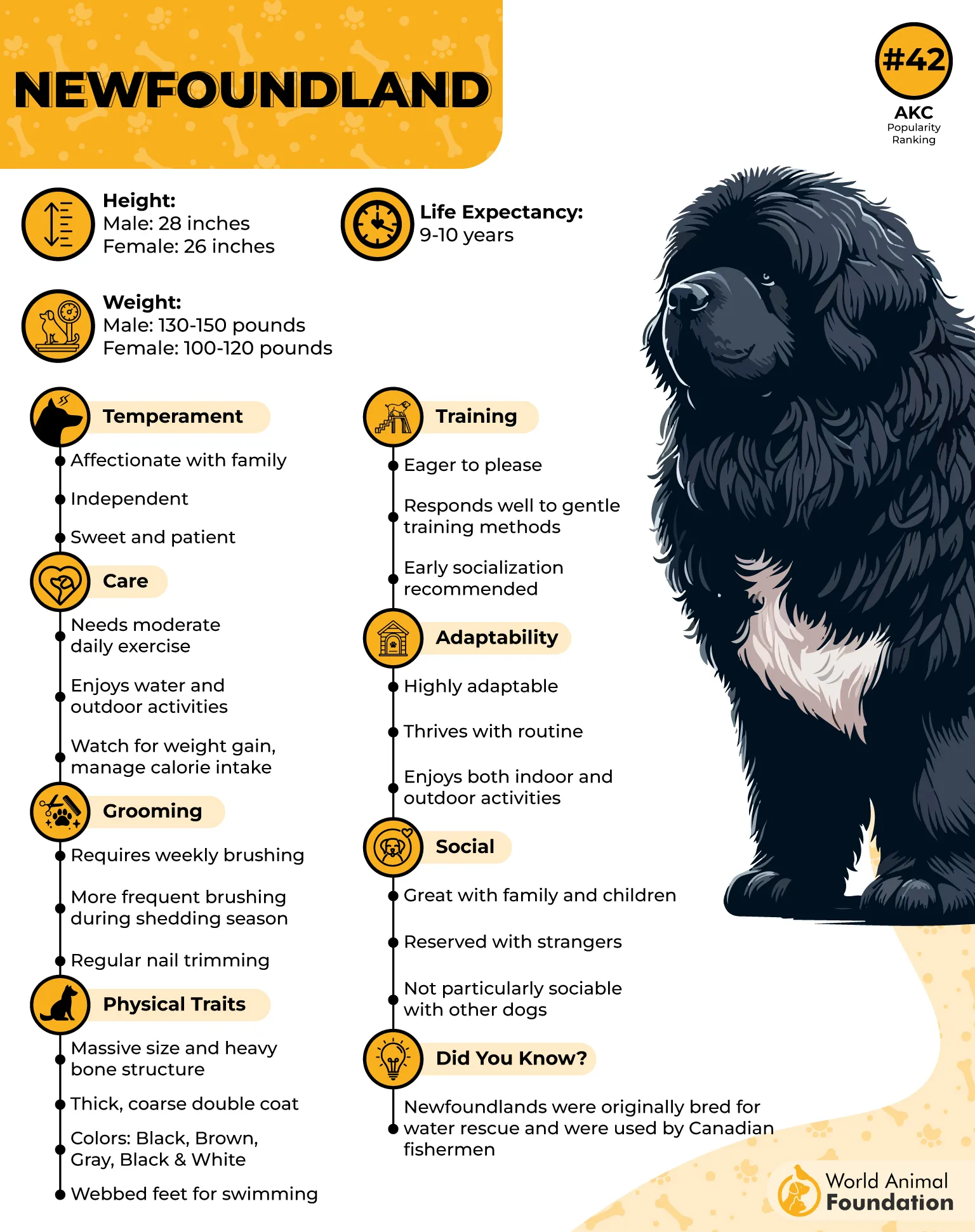
Saliva becomes an issue mostly after meals, water, or panting in warm weather. Loose lips and heavy jowls allow drool to collect and drip frequently throughout the day.
Despite their messiness, they are easy to live with. Most are quiet, friendly, and highly tolerant, especially around children and other pets.
Grooming is more about coat management than fussiness. Brushing and wiping drool zones keep them clean, and cooler climates help reduce excessive panting and slobber.
4. Neapolitan Mastiff
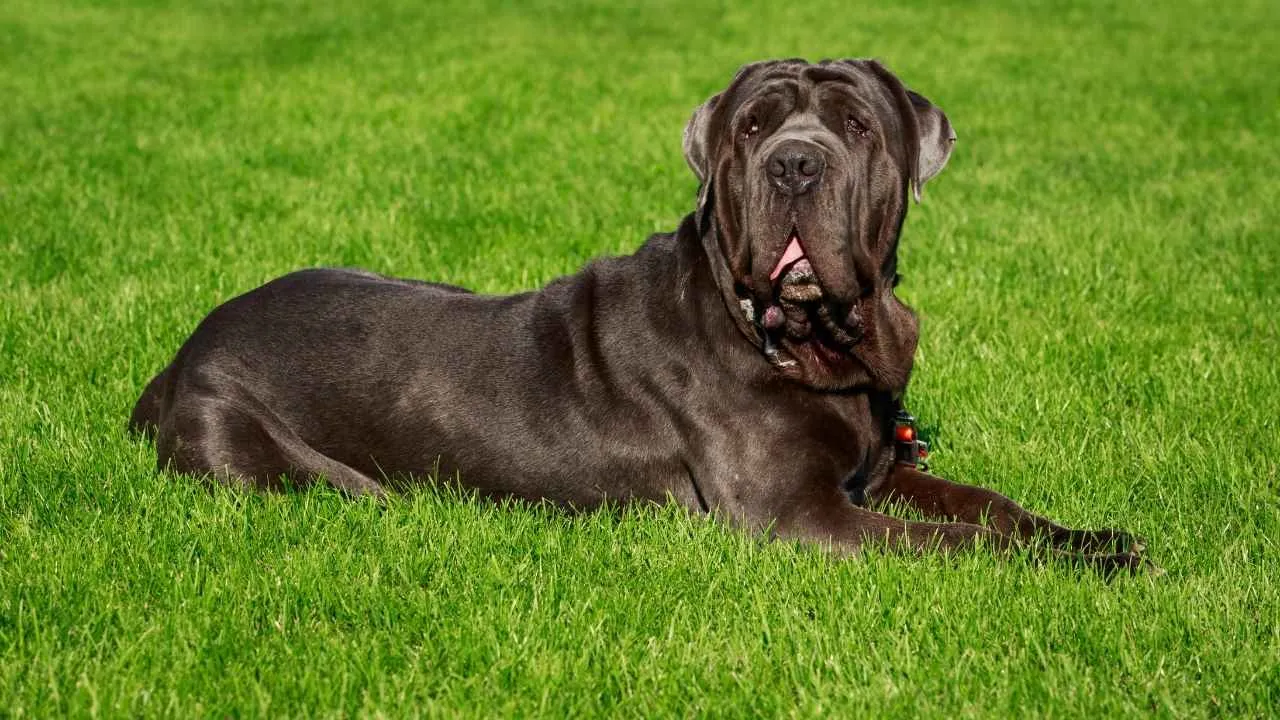
With deep facial folds, heavy lips, and an oversized head, this breed naturally collects and releases saliva throughout the day. Drooling happens after water, during meals, or simply while resting, especially if lying with their head slightly down.
They were originally bred in Italy as guard dogs, known more for their silent presence than aggression. Their loyalty is intense, but they tend to stay reserved with strangers. As PetMD notes, their size and wrinkled appearance can look intimidating, but they are typically very affectionate with their people.
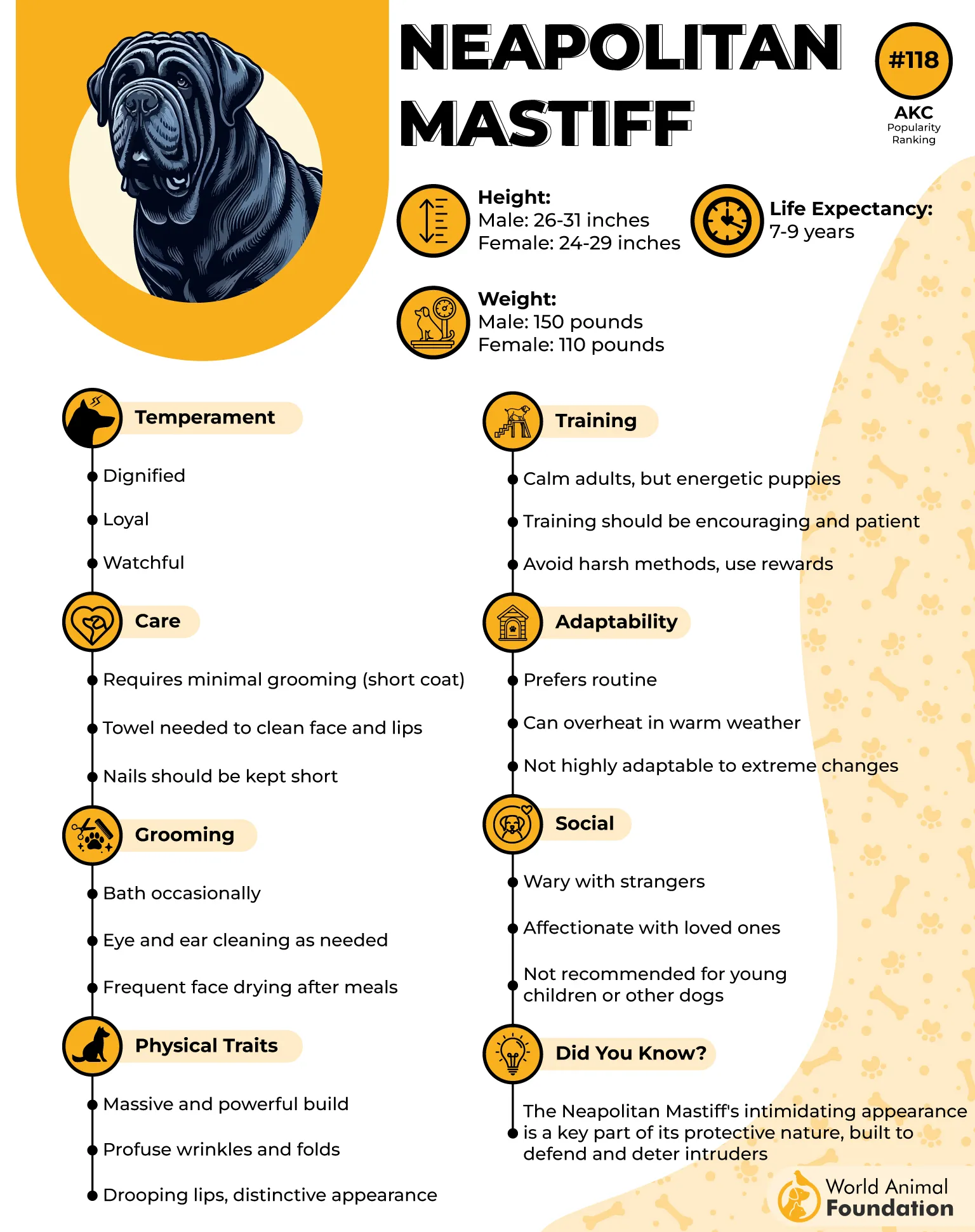
Despite their mass, they are low-energy and prefer short walks over long outings. Their build makes joint support especially important throughout all life stages.
Wrinkles need routine cleaning to prevent irritation and infection. Moisture tends to collect in folds, particularly around the mouth and neck.
These dogs are strong-willed but not reactive. Training should focus on calm consistency and early socialization.
5. Bernese Mountain Dog
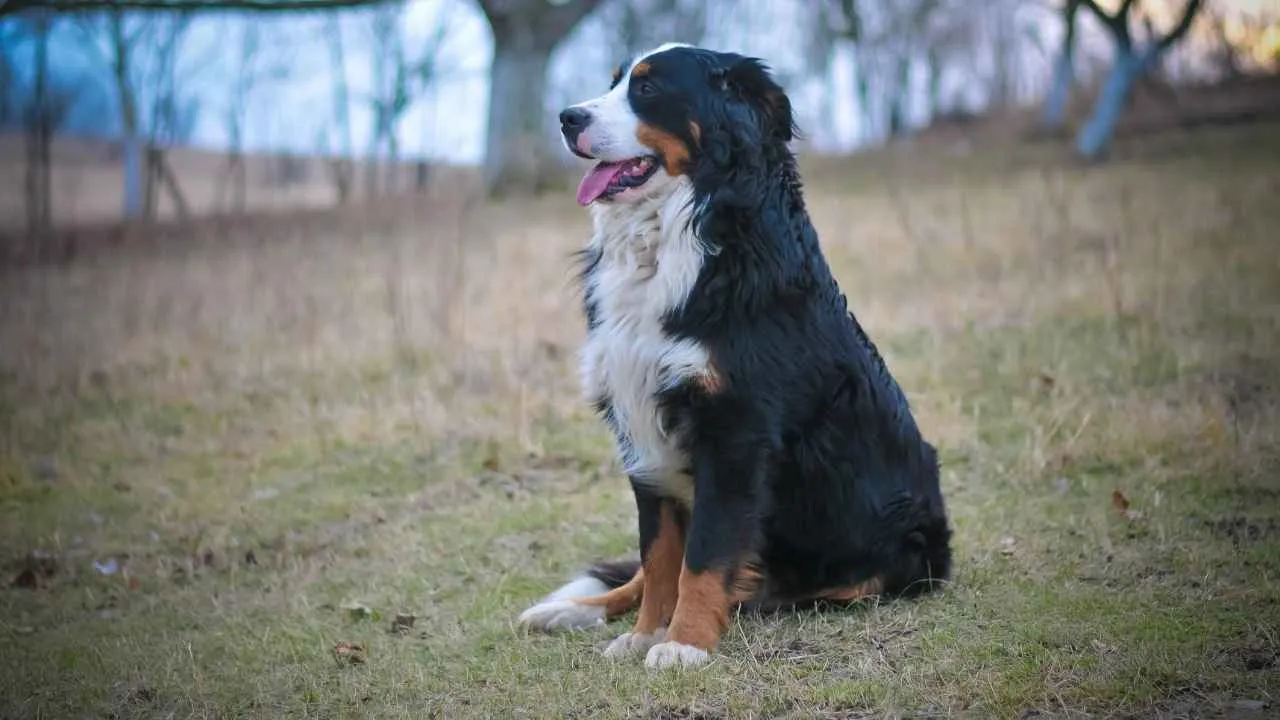
Known for their tricolor coat and soft expression, these dogs are surprisingly drooly. It’s often triggered by heat or thirst, and less by constant panting like in heavier-jowled breeds.
Originally working on Swiss farms, they were bred for drafting and herding livestock. They combine strength and gentleness, making them ideal family companions in cool climates.
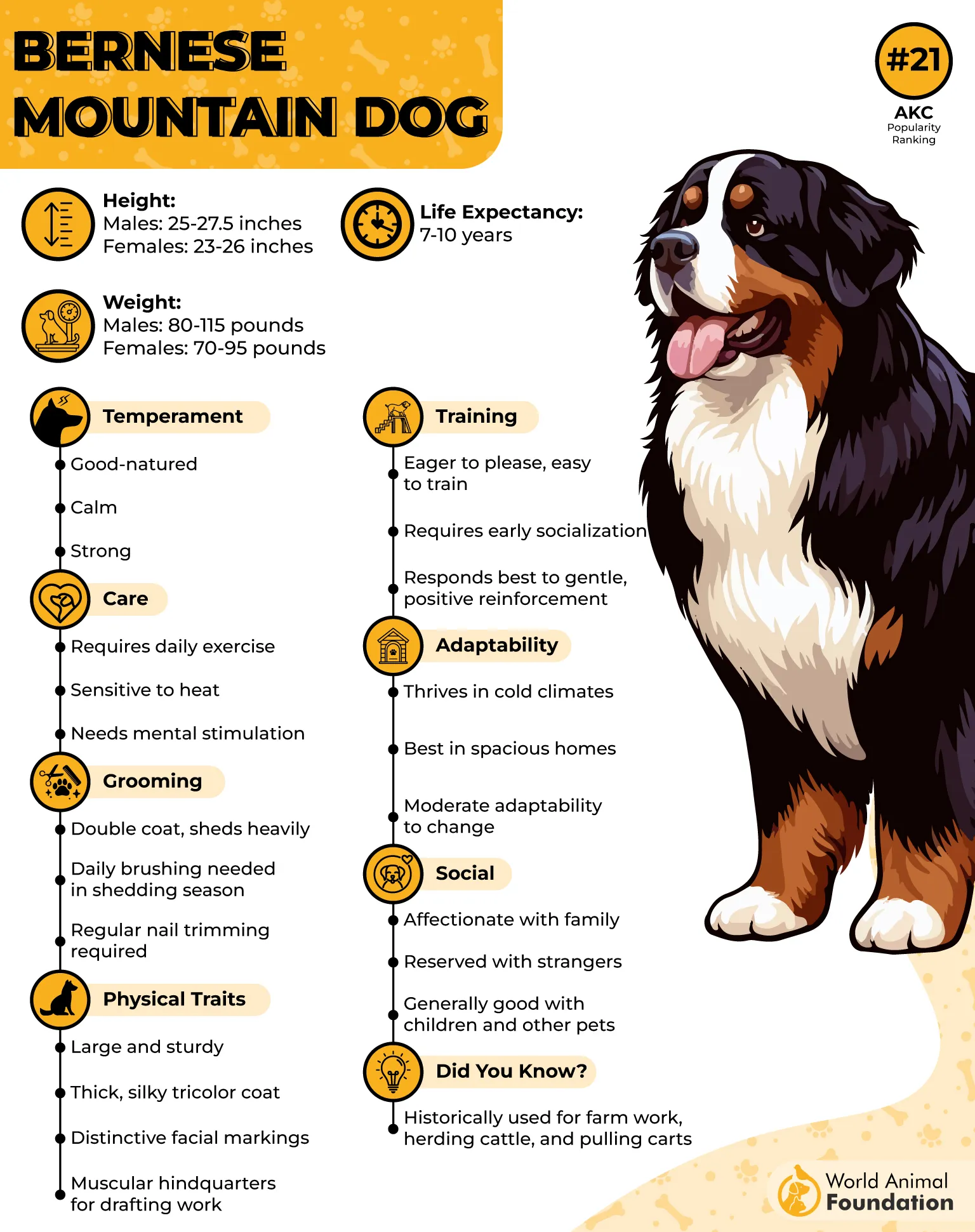
Their friendly nature makes them great with children, though they can be reserved in new environments. Early exposure to people and places helps build confidence.
Exercise needs are moderate, but overheating should be avoided. Excessive panting increases drool, so shaded areas and cool water are key for comfort.
Brushing two to three times a week manages their thick coat. Regularly wiping around the mouth also helps prevent buildup from daily drool and water intake.
6. Boxer
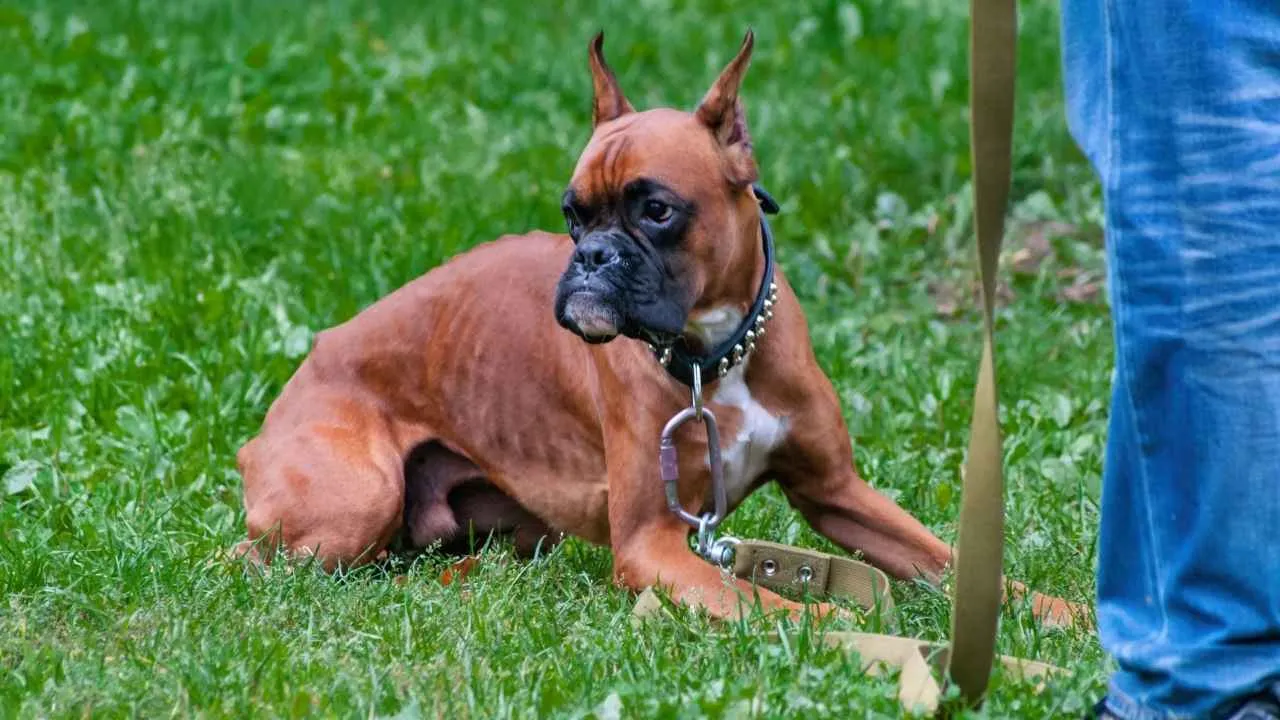
Boxers are known for their expressive faces and muscular build, but those loose lips also make them prone to moderate drooling. While they’re not the drooliest of breeds, expect some slobber, especially after drinking, playing, or getting excited.
These dogs are high-energy and love interaction. Their bouncy personality and strong bond with people make them great family companions. Boxers are among breeds where drool shows up more with activity and emotion than at rest.
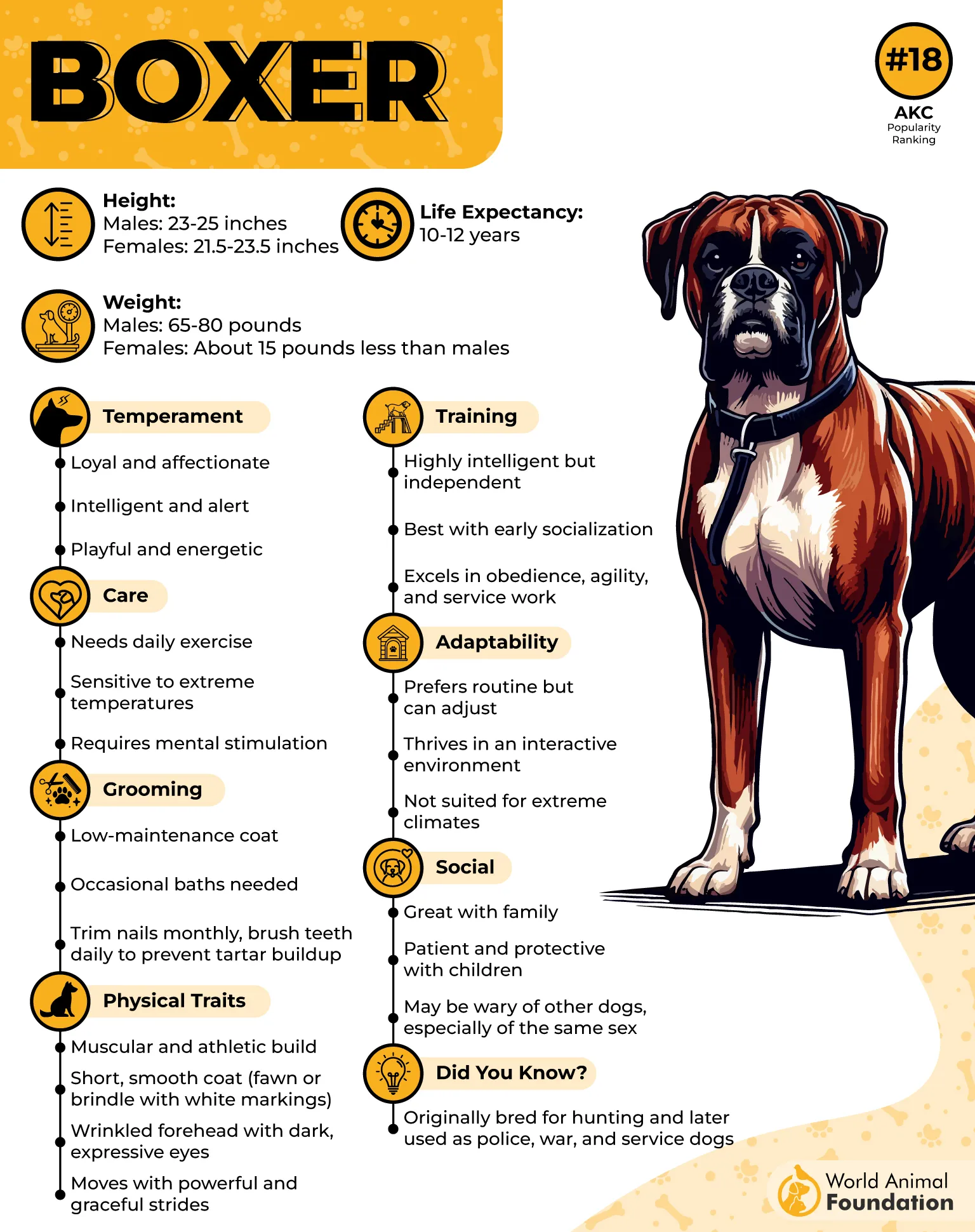
They’re intelligent but can be a little stubborn, especially when distracted. Positive reinforcement and early socialization go a long way in shaping good habits.
Although their short coat is easy to manage, keeping their mouth and chin dry is helpful after meals or active play. A quick wipe keeps things clean and comfortable.
Boxers do best in active households where they can burn energy and stay mentally engaged. Their lively spirit, paired with minimal grooming, makes them a rewarding—but occasionally slobbery—choice.
7. Dogue de Bordeaux
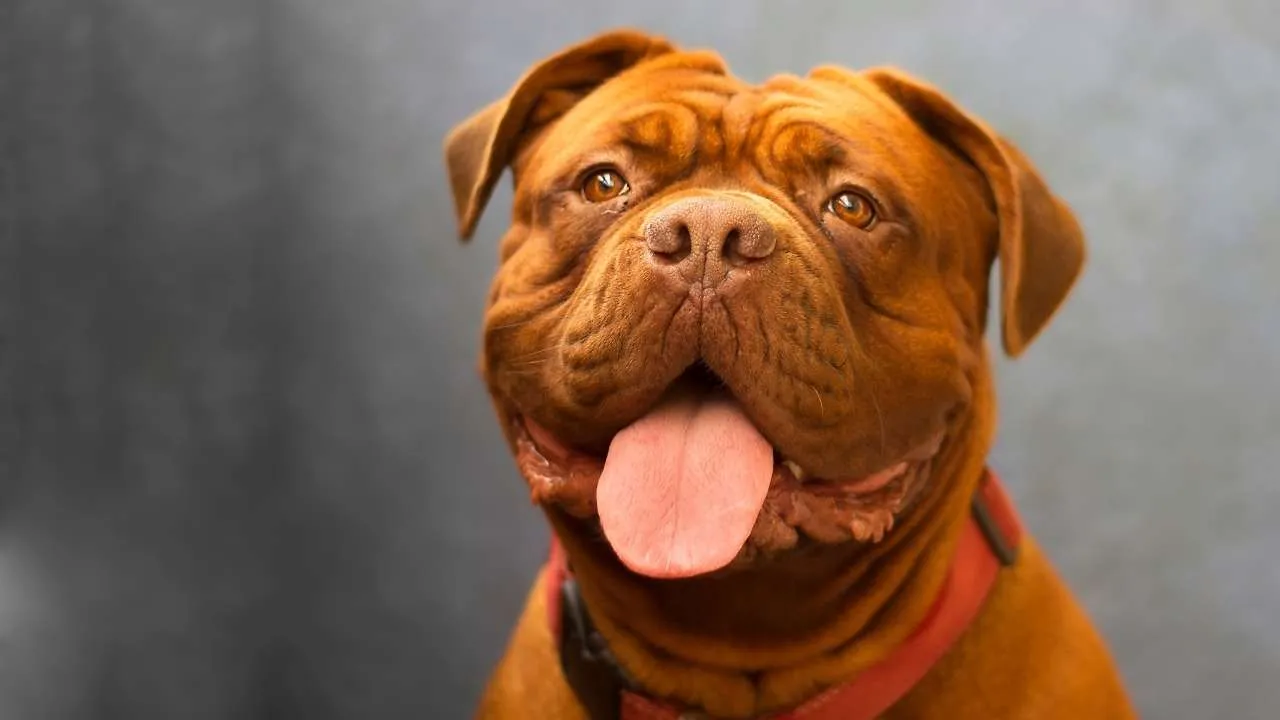
Drooling is a constant for this breed, and it’s easy to see why. With massive heads, deep jowls, and loose lips, they’re built to slobber—especially after eating, drinking, or simply relaxing.
These dogs were once guardians and pullers in France, known for strength and presence. WebMD notes that while their look can be intimidating, they are affectionate and thrive in calm home environments.
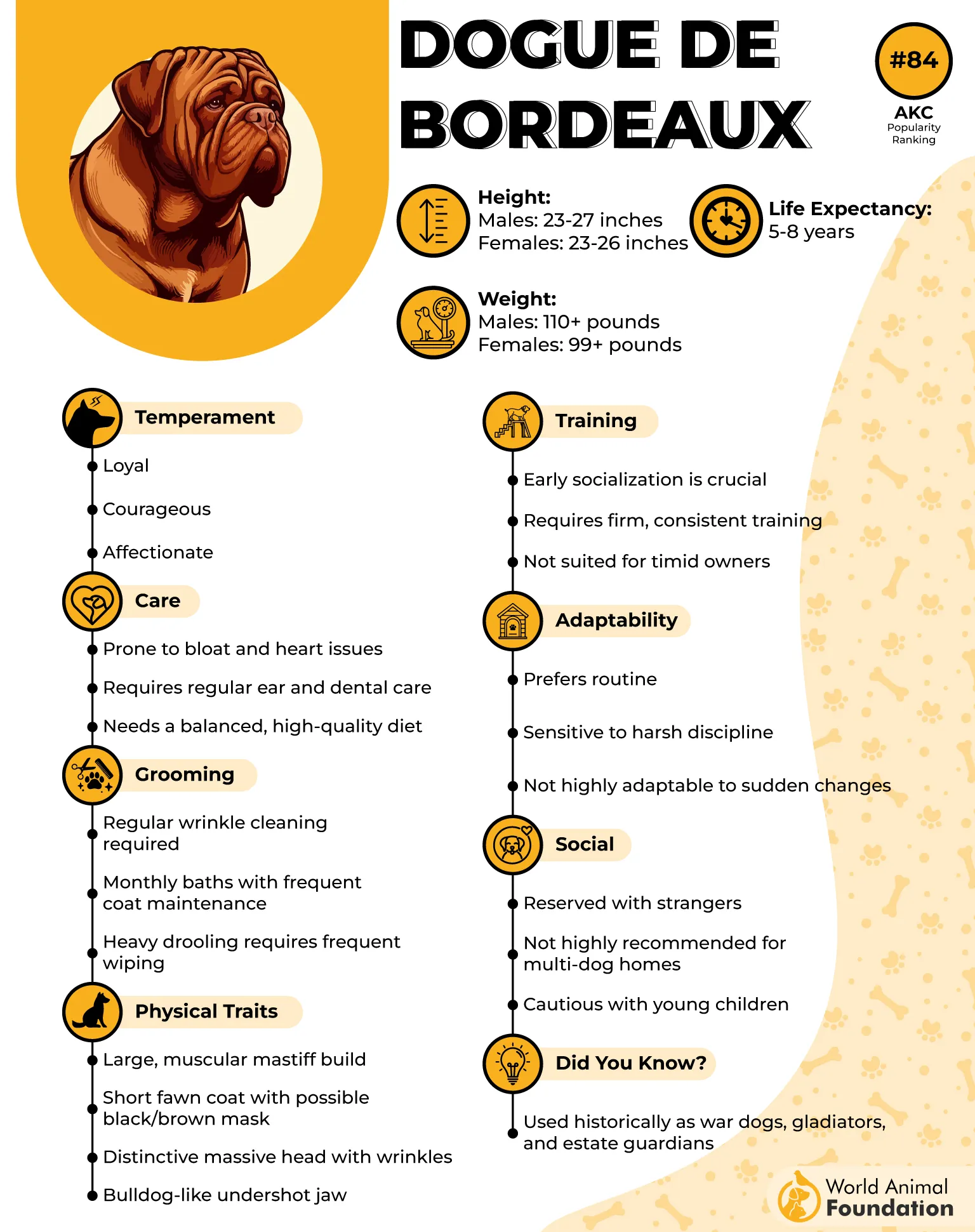
They’re not highly active but still need steady walks and mental stimulation to stay balanced. Their calm temperament doesn’t mean they’re passive; they form strong bonds and take their role as protectors seriously.
Facial folds need regular attention to prevent moisture-related skin issues. Wiping the mouth and chin several times a day is part of daily upkeep.
With early training and gentle leadership, they become steady, trustworthy companions. Just be prepared to share your floors, and occasionally your clothing, with a bit of drool.
Conclusion
Some dog breeds that drool are known for their endearing personalities and rich histories, from the Swiss Alps to Ancient Rome. For many of these large breeds, excessive drooling is simply part of their natural tendency, shaped by breed characteristics like droopy jowls, large jowls, and lips that hang.
Whether it’s a brachycephalic breed, a dog with excess skin, or one that was bred for work, many of these big dogs will drool profusely, even during meals and car rides. But they often bring something far more valuable, unconditional love, gentle temperaments, and loyalty to their family members.
Please note that if a dog starts sudden, excessive drooling, it could signal motion sickness, dental problems, or even an allergic reaction, so monitoring changes is key. With proper training and attention to health, these breeds make gentle companions, especially when properly socialized from a young age.
In the end, the drool is just a small price to pay for the joy, protection, and connection these dogs bring to family life.


